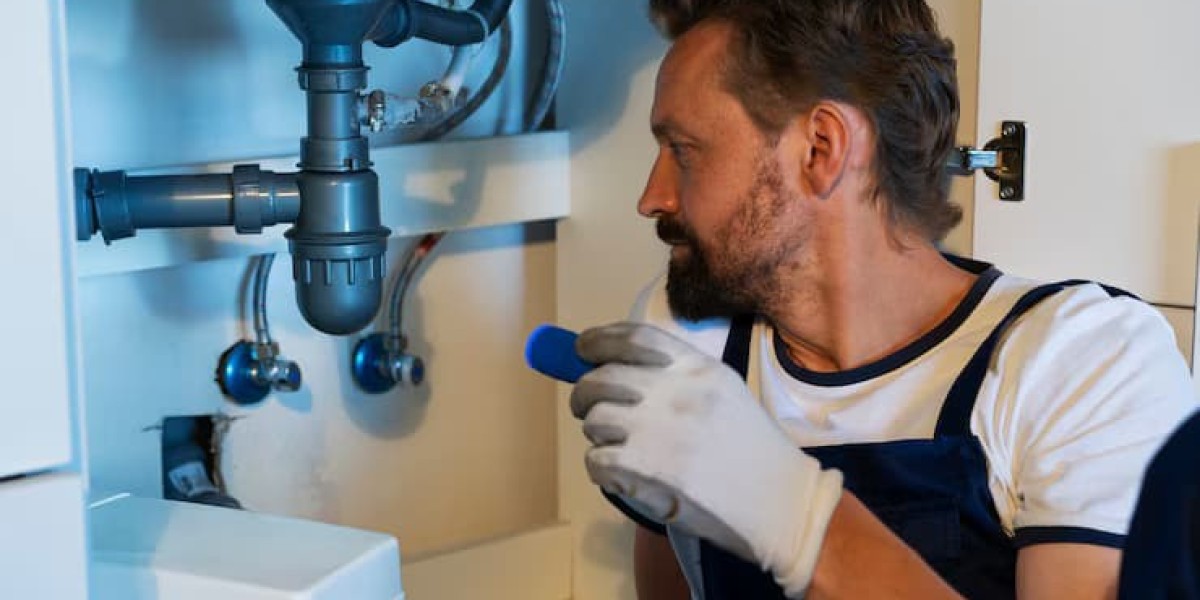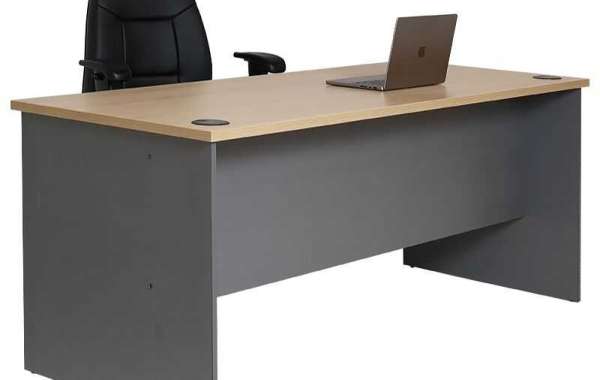Introduction
Sewer problems can cause significant disruptions in daily life, posing not only inconveniences but also health risks if left unaddressed. Understanding the different types of sewer repair services available is crucial for homeowners seeking to maintain a functional plumbing system. This article will explore common sewer issues, the various repair methods, the process involved, and frequently asked questions about sewer repairs.
Common Sewer Problems
Before diving into the repair options, it’s essential to understand the types of issues that can arise with sewer lines:
Tree Root Intrusion: Roots from nearby trees can grow into sewer lines in search of moisture, causing blockages and damage. This is a common issue in many residential areas, especially where older trees are present.
Corrosion: Over time, pipes, particularly those made of metal, can corrode due to age, chemical exposure, or soil conditions. Corrosion can lead to leaks, cracks, or complete pipe failure.
Clogs: Accumulation of grease, food particles, hair, and other debris can cause blockages in the sewer line. Over time, these clogs can lead to sewage backups and unpleasant odors.
Soil Movement: Changes in the ground, such as erosion or shifting soil, can misalign or damage sewer pipes. This can lead to leaks or breaks in the line.
Old Infrastructure: Many older homes may still have outdated sewer systems that do not comply with modern standards. This can lead to frequent repairs and significant plumbing issues.
Types of Sewer Repair Services
1. Trenchless Sewer Repair
Trenchless sewer repair is a modern method that minimizes disruption to your property. Instead of excavating a large trench, plumbers create small access points to repair or replace sections of the pipe. This method has several advantages:
Minimal Landscape Disruption: Since fewer excavations are required, your yard and landscaping remain largely intact, avoiding the hassle of restoration.
Speed of Repair: Trenchless repairs can often be completed in a single day, allowing homeowners to return to their daily routines quickly.
Durable Solutions: Many trenchless repairs involve materials like cured-in-place pipe (CIPP), which can significantly extend the life of your sewer line.
2. Traditional Excavation Repair
Traditional excavation involves digging up the affected section of the sewer line to perform repairs or replacements. While more invasive, this method is still widely used, especially for extensive damage. Key benefits include:
Comprehensive Inspection: Excavation allows for a full visual inspection of the sewer line, making it easier to identify and address multiple problems simultaneously.
Thorough Repair: This method provides a comprehensive solution, ensuring that all issues are addressed effectively.
3. Pipe Lining
Pipe lining is a trenchless method that installs a new lining inside the existing pipe. The lining, typically made of epoxy or resin, hardens to create a new, durable pipe within the old one. Advantages include:
Restoration of Flow Capacity: Lining can restore the original flow capacity of the pipe, reducing the likelihood of future clogs.
Corrosion Resistance: The new lining resists corrosion and buildup, helping to prevent recurring sewer problems.
Longevity: This method can extend the life of your sewer system, often by several decades.
4. Sewer Replacement
In cases where the sewer line is severely damaged or has reached the end of its life, complete replacement may be necessary. This process involves removing the old line and installing a new one. Benefits include:
Long-Term Solution: Replacement addresses all underlying issues, providing a fresh start for your sewer system.
Material Options: Homeowners can choose from a variety of materials, such as PVC or HDPE, each offering different advantages in terms of durability and resistance to environmental factors.
5. Hydro Jetting
Hydro jetting is a cleaning method used to clear blockages in sewer lines. High-pressure water jets are employed to remove clogs caused by grease, roots, or debris. Key benefits include:
Effective Cleaning: Hydro jetting not only clears blockages but also cleans the pipe walls, reducing future buildup and ensuring smoother flow.
Versatility: This method is applicable to various pipe materials and is less likely to cause damage compared to other cleaning methods.
6. Sewer Inspections
Regular sewer inspections using video technology are essential for identifying potential issues before they escalate. A plumber inserts a camera into the sewer line, allowing for a detailed examination of its condition. Advantages include:
Early Detection: Inspections can identify problems like cracks, tree root intrusion, or corrosion before they lead to major repairs.
Preventative Maintenance: Regular inspections can help schedule necessary repairs, reducing the risk of emergencies and costly fixes.
Factors Influencing Sewer Repair Services
When considering sewer repair services, various factors can influence the process and outcomes:
Type of Repair: The chosen method (trenchless, excavation, lining, etc.) will significantly impact the time required and the approach taken.
Extent of Damage: More extensive damage generally requires more labor and materials, impacting the complexity of the repair.
Location: Accessibility can greatly affect the process; lines located under concrete or in hard-to-reach areas may require additional work.
Permit Requirements: Depending on local regulations, permits may be necessary for certain types of repairs, which can add to the overall process time.
Soil Conditions: The type of soil and ground conditions can influence the repair method and complexity. For instance, rocky or unstable soil may complicate excavation efforts.
Frequently Asked Questions (FAQs)
Q: How do I know if my sewer line needs repair?
A: Signs that your sewer line may need repair include slow drains, unusual odors in your home or yard, wet spots or pooling water in your yard, and an unexpected increase in your water bill.
Q: Can I attempt sewer repairs myself?
A: While some minor issues may be manageable for experienced DIYers, most sewer repairs require professional expertise to ensure safety and compliance with local regulations.
Q: How often should I have my sewer line inspected?
A: It’s generally recommended to have a sewer line inspection every one to two years, particularly for older homes or those with known plumbing issues.
Q: What are the risks of ignoring sewer line problems?
A: Ignoring sewer line problems can lead to severe blockages, costly repairs, property damage, and health risks due to potential sewage backups.
Q: What are the advantages of trenchless repair compared to traditional methods?
A: Trenchless repair is often less invasive, quicker, and can lead to less disruption of your landscape. It also typically requires fewer resources for restoration after the repair is completed.
Q: How long does a sewer repair take?
A: The duration of a sewer repair depends on the type of repair needed. Minor repairs may take a few hours, while extensive replacements can take several days.
Q: Are there warranties for sewer repair services?
A: Many plumbing companies offer warranties on their work, which can cover materials and labor for a specified time. It’s essential to ask about warranty options before hiring a service.
Q: How can I prevent sewer problems in the future?
A: Regular maintenance, including inspections and proper waste disposal practices, can help prevent sewer problems. Avoid flushing non-biodegradable items and schedule routine cleanings.
Conclusion
Understanding the different types of sewer repair services available empowers homeowners to make informed decisions about their plumbing systems. Whether dealing with minor clogs or significant sewer line issues, knowing your options is crucial. Regular inspections and timely repairs can save you money and protect your home from extensive damage in the long run.
By being proactive and investing in quality sewer repair services, homeowners can maintain a reliable plumbing system that ensures comfort and safety. Remember, while some minor issues may be manageable on your own, enlisting the help of professionals for significant repairs will always yield the best results, safeguarding your home and providing peace of mind.










